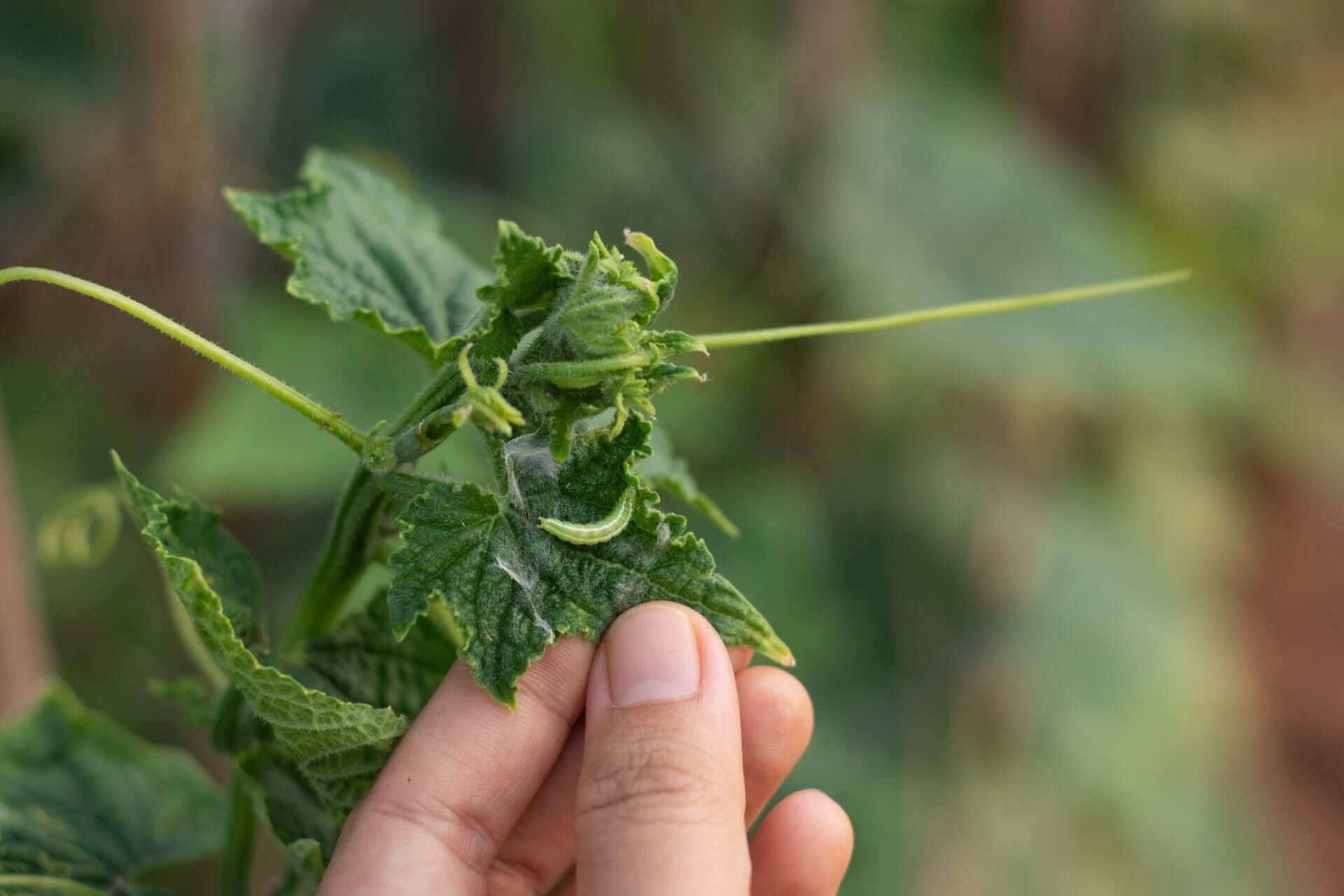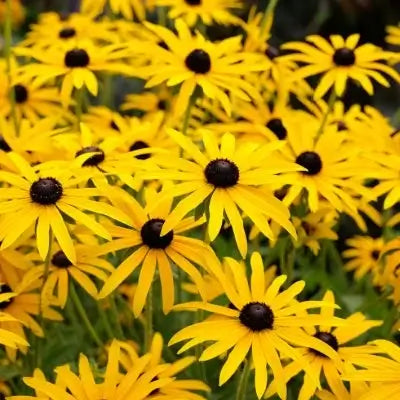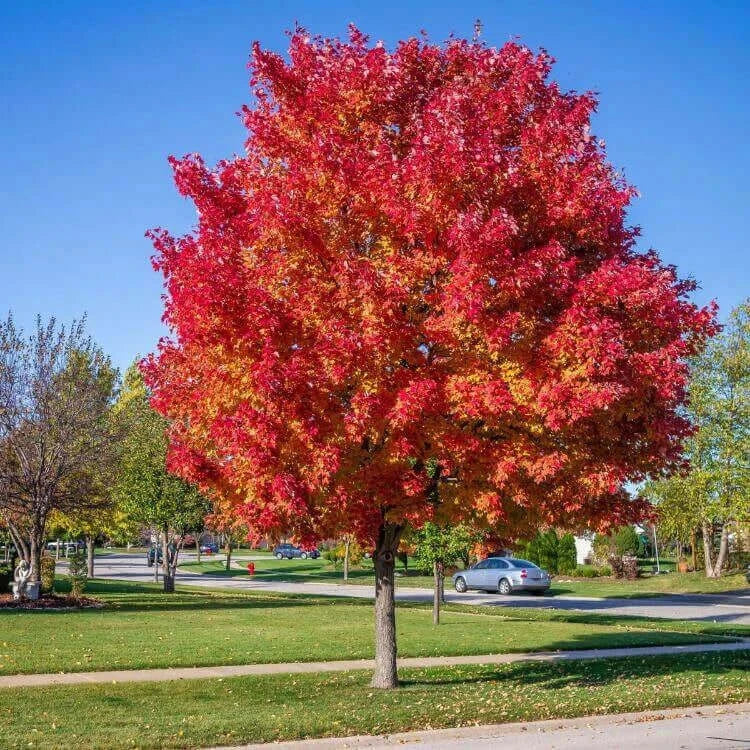10 Evergreen Trees to Transform Your Garden Throughout the Seasons
Evergreen trees are a timeless and essential addition to any garden, providing year-round beauty, structure, and a touch of nature's elegance. These trees offer a consistent backdrop for other garden elements while providing privacy, shade, and habitat for wildlife.
In this article, we will explore ten stunning evergreen trees that can transform your garden into a haven of greenery, showcasing their unique characteristics, growth habits, and the benefits they bring.
Eastern Red Cedar (Juniperus virginiana): This native North American tree is renowned for its versatility and adaptability. Its dense, columnar form makes it a popular choice for screening, windbreaks, or as a standalone specimen. The aromatic foliage releases a pleasant scent, and its blueberries provide food for various birds.
Italian Cypress (Cupressus sempervirens): Known for its striking vertical growth and slender, dark-green foliage, it adds Mediterranean elegance to any landscape. Its tall, narrow form makes it an excellent choice for creating a dramatic entrance or framing views within the garden.
Hollies are cherished for their glossy, spiky leaves and bright red berries, which are particularly stunning during winter. They come in various sizes and forms, including large shrubs and small trees, making them versatile additions for formal and informal gardens.
Japanese Maple (Acer palmatum): While many maple species are deciduous, the Japanese Maple is a unique exception, boasting stunning, intricate foliage that ranges from deep red to vibrant green. Its graceful, layered branches and compact size make it suitable for small gardens or as a focal point in more significant landscapes. the Japanese Maple has firmly established itself as a botanical marvel that continues to capture the hearts and imagination of nature enthusiasts and horticulturists alike.
Originating in Japan, Korea, and China, the Japanese Maple has a rich cultural history that dates back centuries. Revered for its striking appearance and symbolic significance, it has become integral to various Asian cultures, often representing life's changing seasons and transient nature. Its name, Acer palmatum, stems from the Latin words "Acer," meaning sharp or keen, and "palmatum," referring to the hand-like shape of its leaves, underscoring the tree's unique aesthetic. One of the most enchanting features of the Japanese Maple is its foliage.
The leaves of this tree come in a staggering array of shapes and sizes, from lacy and deeply dissected to broader and more rounded forms. Their colors shift throughout the year, transforming the landscape each passing season. In spring, the emerging leaves often display brilliant shades of red, pink, and orange, creating a spectacular visual spectacle. As summer arrives, the foliage matures into shades of green, some with delicate variegation.
When autumn paints the world with warm hues, the Japanese Maple truly shines as its leaves transform into reds, oranges, and yellows
The intricate foliage creates a soothing and harmonious ambiance, making it a favored choice for traditional Japanese gardens, where the interplay between nature and human design is meticulously cultivated. These trees also play a pivotal role in bonsai cultivation, a revered art form that aims to capture the essence of nature within miniature landscapes.
The Japanese Maple's graceful branches and diminutive leaves make it an ideal candidate for bonsai, allowing enthusiasts to create living works of art that encapsulate the tree's aesthetic splendor. Caring for a Japanese Maple demands attention to detail and a genuine appreciation for the delicate nature of the species. It prefers partial shade to protect its vibrant foliage from scorching sun, as direct sunlight can lead to leaf burn.
Well-draining, acidic soil is essential to promote healthy growth. Pruning is another critical aspect of maintenance, ensuring the tree maintains its elegant form and encourages the development of new growth. With proper care, a Japanese Maple can thrive for decades, evolving into a living masterpiece that grows with time. In conclusion, the Japanese Maple is a botanical treasure, weaving together cultural heritage and horticultural artistry.
Its stunning foliage, ranging from the deepest reds to the most vibrant greens, serves as a reminder of nature's capacity for beauty and transformation. Whether gracing a garden, enhancing a landscape, or embodying the essence of a bonsai, the Japanese Maple captures the imagination. She captures the heart of the ever-changing seasons and the fleeting beauty of existence. Its enduring appeal transcends borders and generations, solidifying its place as one of the most cherished and unique trees to grace our world.
Coastal Redwood (Sequoia sempervirens): The Coastal Redwood offers unparalleled grandeur for more extensive gardens. These giants can reach staggering heights and feature soft, feathery foliage. While they require ample space to thrive, their presence adds a sense of awe and majesty to any outdoor space.
Arborvitae (Thuja species): Arborvitae, also known as Thuja, are famous for hedging and screening due to their dense growth and tall, conical forms. They come in various cultivars with shades of green and growth habits, allowing creative landscaping options.
Southern Magnolia (Magnolia grandiflora): Renowned for its large, glossy leaves and fragrant, show-stopping white flowers, it brings a touch of Southern charm to gardens. Its evergreen foliage provides shade and visual interest year-round.
Yew (Taxus species): Yews are versatile evergreens known for their dark-green needles and red berries. They can be shaped into hedges and topiaries or allowed to grow naturally as specimen trees. Yews are also highly adaptable to pruning, making them an excellent option for formal gardens.
Blue Spruce (Picea pungens): The Blue Spruce's unique blue-gray needles set it apart from other evergreens. Its symmetrical shape and vibrant color make it a popular choice for Christmas trees, but it also shines as an ornamental tree, adding a pop of color to the winter landscape.
Dwarf Alberta Spruce (Picea glauca 'Conica): Perfect for smaller gardens or container planting, the Dwarf Alberta Spruce forms a neat, compact cone shape. Its short needles maintain their rich green color year-round, providing a charming focal point or accent in various garden settings.
Incorporating evergreen trees into your garden design offers many benefits beyond aesthetics
These trees provide structure, year-round interest, privacy, and habitat for wildlife. Whether you're aiming for a formal look, a touch of Mediterranean flair, or a natural woodland ambiance, the diverse range of evergreen trees showcased in this article offers something for every garden style and size.
By carefully selecting and positioning these trees, you can transform your garden into a breathtaking and inviting space that evolves with the seasons while maintaining its enduring beauty.
Evergreen trees are a blessing for any Southern landscape, especially in Tennessee. These majestic trees bring year-round beauty and a sense of permanence and serve a practical purpose for homeowners and landowners alike. Whether it's a towering pine or a spreading cedar, evergreens are the backbone of the Southern countryside.
One of the biggest benefits of evergreens is their ability to provide privacy. Many of us here value our peace and quiet, and planting evergreens along a property line creates a natural living fence. They block out prying eyes, reduce road noise, and give you a sanctuary to enjoy the outdoors. Plus, they stay green all year, so you don't have to worry about a bare view come winter.
Speaking of winter, evergreens are excellent at shielding us from those cold winds that whip through the screams. A row of evergreens strategically planted on the north side of your home can cut down on heating costs by acting as a windbreak. It's like nature's insulation. And in the hot Tennessee summers, their shade can cool the air around your home, keeping those electric bills in check.
Wildlife also loves evergreens. Birds, squirrels, and even deer use these trees for shelter and food. If you enjoy watching critters or even hunting, evergreens provide a habitat that keeps them returning year after year. Their dense branches are perfect for nesting, and the seeds or cones are a food source during leaner months.
Let's not forget about their contribution to the land. Evergreens help control soil erosion on hillsides and creek banks. Their robust root systems keep the soil intact, even during those heavy rains we see in spring. They're a natural way to protect our beloved Tennessee landscapes.
Lastly, the beauty of evergreens is undeniable. They're timeless, adding charm and elegance to any yard. Whether you're decorating them with Christmas lights or just enjoying their rich green hue against a snowy background, they're a reminder of life's cycles and resilience.
There's nothing better than sitting on a porch swing, sweet tea in hand, looking out at a row of evergreens swaying gently in the breeze. They're not just trees but a part of who we are.











































































































